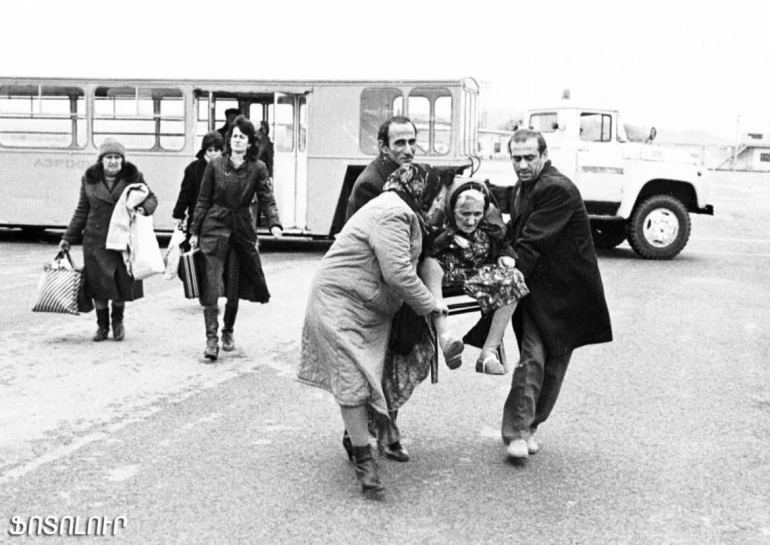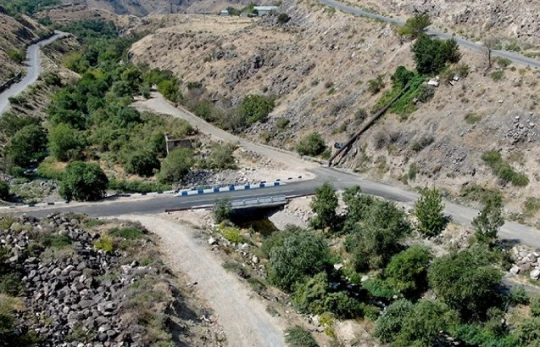Being Armenian in Azerbaijan was a death sentence. the 35th anniversary of the Baku pogroms is coming to an end



The road to the Korean gorge is temporarily closed for traffic
Asphalt concrete coverage installation works in the traffic part of Dilijan Tunnel have been completed
The murder on Charents Street has been revealed
A weapon-ammunition was found near one of the gas stations in Sisian
There will be no light on hundreds of Yerevan and regions
August 25-29 will not be gas at hundreds of addresses
The specified road section will be closed until morning
Arthur Mkrtichyants is searched as missing
Blogger "Tu-Tu Lava" BMW X5 has moved to a specially protected area
David Khudatyan followed the construction of the new Hachn bridge (photos)
The surgeon of Gyumri MC received money from those entitled to free medical care. The case is in court
PARTICIPANT FAIR DERENIC MEDIA SAHAKYAN CALLED IN THE ARMENIAN DEPARTMENT OF IRAQ
The activity of the fish processing and the bottling of acetic acid bottle has been suspended
Narek Mkrtchyan visited "Gyumri Children's Home" care facility, talk to students (photos)
I hope that a fair trial will find out everything. Aghvan Arshakyan
Pashinyan will take part in the SCO summit. Moscow and Baku will sign a number of documents today (video)
There is criminal proceedings in the case of a car stolen by a Georgian citizen. Peg
Tense situation in Yerevan's Erebuni Jrashen settlement
The production activity of the "Artash" public catering facility has been suspended
The 17-year-old young man in interstate wanted was presented